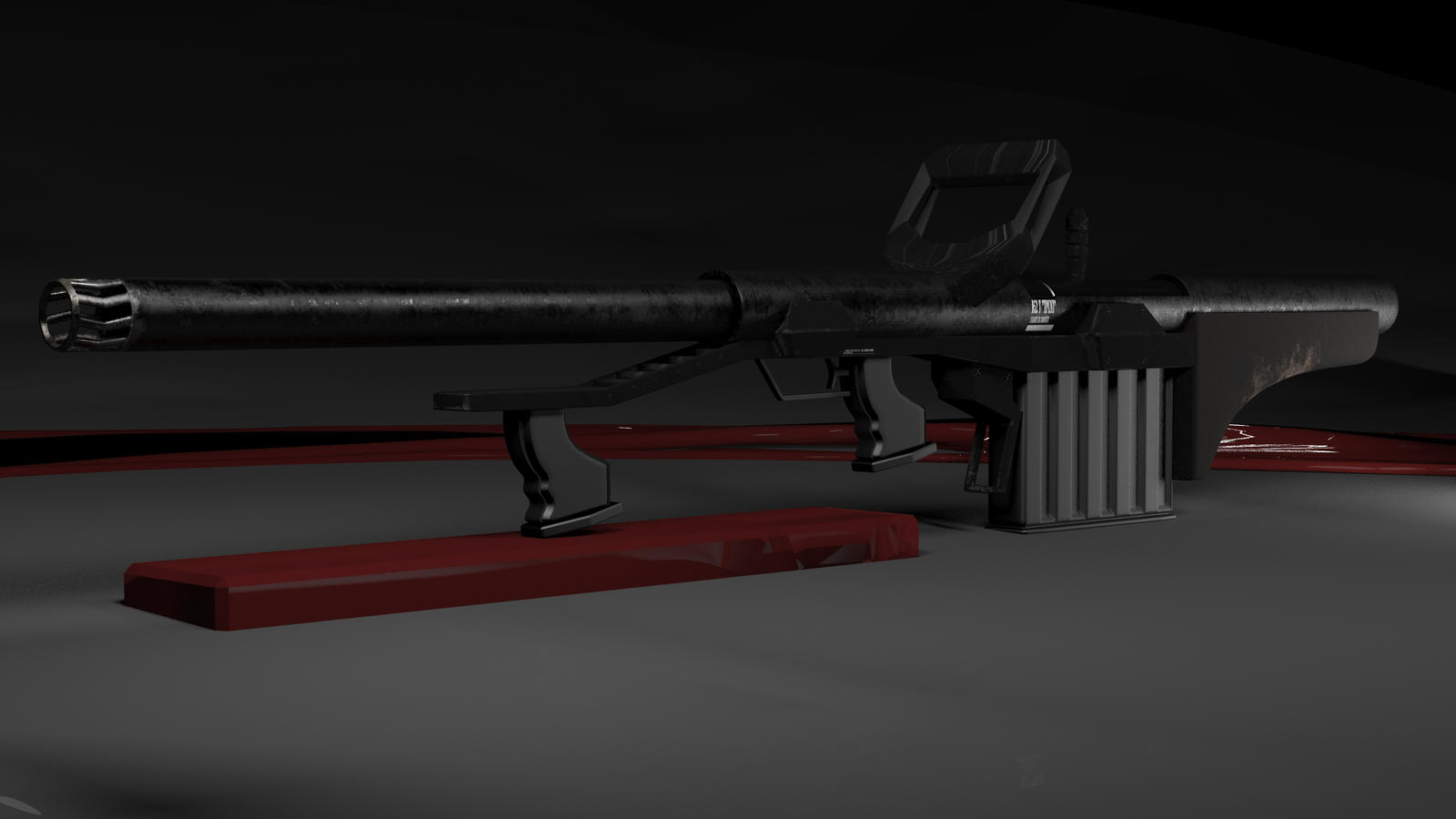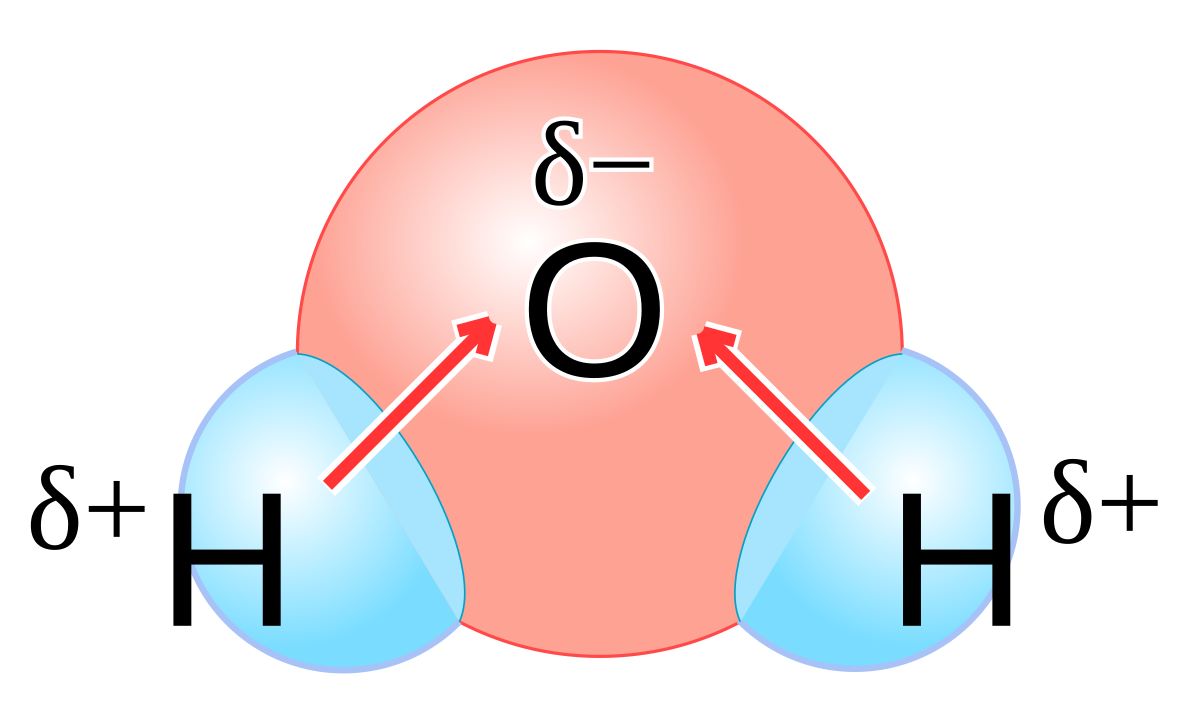
Ever heard of a punt gun? This massive shotgun, used mainly in the 19th and early 20th centuries, was a game-changer for duck hunters. Imagine a cannon-sized firearm mounted on a small boat, capable of taking down dozens of waterfowl with a single shot. Punt guns were so powerful that they often needed two people to operate. These guns weren't just big; they were also controversial. Their sheer efficiency led to overhunting, which eventually caused many regions to ban them. Curious about the history, mechanics, and impact of these giant shotguns? Let's dive into 38 intriguing facts about punt guns that will blow your mind!
Key Takeaways:
- Punt guns were massive shotguns used for hunting in the 19th and early 20th centuries. They were so powerful that they could take down 50 birds with a single shot, but their impact on bird populations led to their eventual ban.
- Punt guns played a significant role in hunting history and conservation, contributing to the decline of many waterfowl species. Today, they are viewed with a mix of fascination and concern, serving as a cautionary tale for sustainable hunting practices.
What is a Punt Gun?
A punt gun is a type of large shotgun used primarily in the 19th and early 20th centuries for hunting waterfowl. These massive firearms were mounted on small boats called punts, hence the name. Let's dive into some fascinating facts about these colossal guns.
- Punt guns were designed to hunt large numbers of waterfowl at once, often taking down 50 birds with a single shot.
- These guns could be over 10 feet long and weigh more than 100 pounds, making them too large to be carried by a person.
- The bore diameter of a punt gun could be as large as 2 inches, significantly bigger than a standard shotgun.
- Punt guns were typically mounted on punts, small flat-bottomed boats, which hunters would use to sneak up on flocks of birds.
- The recoil from firing a punt gun was so powerful that it could push the punt backward several feet in the water.
- Due to their size and power, punt guns were often custom-made by gunsmiths rather than mass-produced.
- These guns were primarily used in the United States and the United Kingdom, where waterfowl hunting was a popular activity.
- Punt guns were banned in many places by the early 20th century due to concerns about overhunting and the decline of bird populations.
How Punt Guns Worked
Understanding how punt guns operated can give us insight into their effectiveness and why they were eventually banned.
- Hunters would load the punt gun with a large amount of gunpowder and shot, aiming to maximize the number of birds killed in one shot.
- The gun was often aimed by steering the punt, as the gun itself was too cumbersome to move easily.
- Aiming was done by lining up the punt with the flock of birds, then firing when the boat was in position.
- The shot spread out in a wide pattern, increasing the chances of hitting multiple birds.
- Reloading a punt gun was a slow process, often taking several minutes, which limited the number of shots a hunter could take in a day.
- Despite their size, punt guns were relatively quiet compared to modern firearms, which helped hunters avoid scaring away other flocks.
Historical Impact of Punt Guns
Punt guns played a significant role in the history of hunting and conservation.
- In the 1800s, market hunting was a common practice, and punt guns were used to supply large quantities of birds to restaurants and markets.
- The widespread use of punt guns contributed to the decline of many waterfowl species, leading to the implementation of hunting regulations.
- The Lacey Act of 1900 in the United States was one of the first laws to address the overhunting of birds, partly in response to the impact of punt guns.
- In the UK, the Wild Birds Protection Act of 1880 was an early attempt to regulate hunting practices, including the use of punt guns.
- By the early 20th century, many countries had banned or heavily restricted the use of punt guns to protect bird populations.
- Despite their decline in use, punt guns remain a fascinating part of hunting history and are often displayed in museums.
Modern Perception of Punt Guns
Today, punt guns are viewed with a mix of fascination and concern.
- Many people are amazed by the sheer size and power of punt guns, which seem almost mythical compared to modern firearms.
- Conservationists view punt guns as a symbol of the excesses of past hunting practices and a reminder of the importance of sustainable hunting.
- Some enthusiasts and historians still build and fire punt guns for demonstration purposes, though they are careful to follow modern regulations.
- Punt guns have appeared in various forms of media, including movies and books, often depicted as relics of a bygone era.
- The use of punt guns is sometimes romanticized in popular culture, but their impact on bird populations serves as a cautionary tale.
Interesting Tidbits About Punt Guns
Here are some lesser-known facts that highlight the unique aspects of punt guns.
- Some punt guns were designed to be disassembled for easier transport, though they were still cumbersome.
- The largest recorded punt gun had a bore diameter of 3 inches and could fire over a pound of shot at once.
- Punt guns were sometimes used in competitive shooting events, where hunters would compete to see who could take down the most birds.
- In some regions, punt guns were mounted on larger boats called "gunning punts," which allowed for more stability and better aiming.
- The decline of punt guns coincided with the rise of conservation movements, which sought to protect wildlife from overexploitation.
- Some modern shotguns are inspired by the design of punt guns, though they are much smaller and more practical for individual use.
- The term "punt gun" is sometimes used metaphorically to describe any large, powerful firearm.
- Despite their fearsome reputation, punt guns required a high level of skill and precision to use effectively.
- The use of punt guns often required teamwork, with one person steering the punt and another aiming and firing the gun.
- Some punt guns were equipped with rifled barrels to improve accuracy, though this was less common.
- The development of more efficient hunting methods and firearms eventually rendered punt guns obsolete.
- Today, punt guns are primarily of interest to collectors, historians, and enthusiasts who appreciate their unique place in hunting history.
- The legacy of punt guns continues to influence modern discussions about hunting practices and wildlife conservation.
The Legacy of the Punt Gun
The punt gun stands as a fascinating piece of history. Its massive size and power made it a formidable tool for hunters, but it also led to significant changes in wildlife conservation laws. As regulations tightened, the use of these guns dwindled, preserving bird populations that were once at risk. Today, punt guns are mostly found in museums or private collections, serving as a reminder of a bygone era. They highlight the balance between human ingenuity and the need for sustainable practices. Understanding the history of the punt gun offers insights into how past actions shape present-day conservation efforts. It’s a testament to how society can adapt and change for the better. So, while the punt gun may no longer be in use, its impact on hunting and conservation remains a crucial chapter in environmental history.
Frequently Asked Questions
Was this page helpful?
Our commitment to delivering trustworthy and engaging content is at the heart of what we do. Each fact on our site is contributed by real users like you, bringing a wealth of diverse insights and information. To ensure the highest standards of accuracy and reliability, our dedicated editors meticulously review each submission. This process guarantees that the facts we share are not only fascinating but also credible. Trust in our commitment to quality and authenticity as you explore and learn with us.


